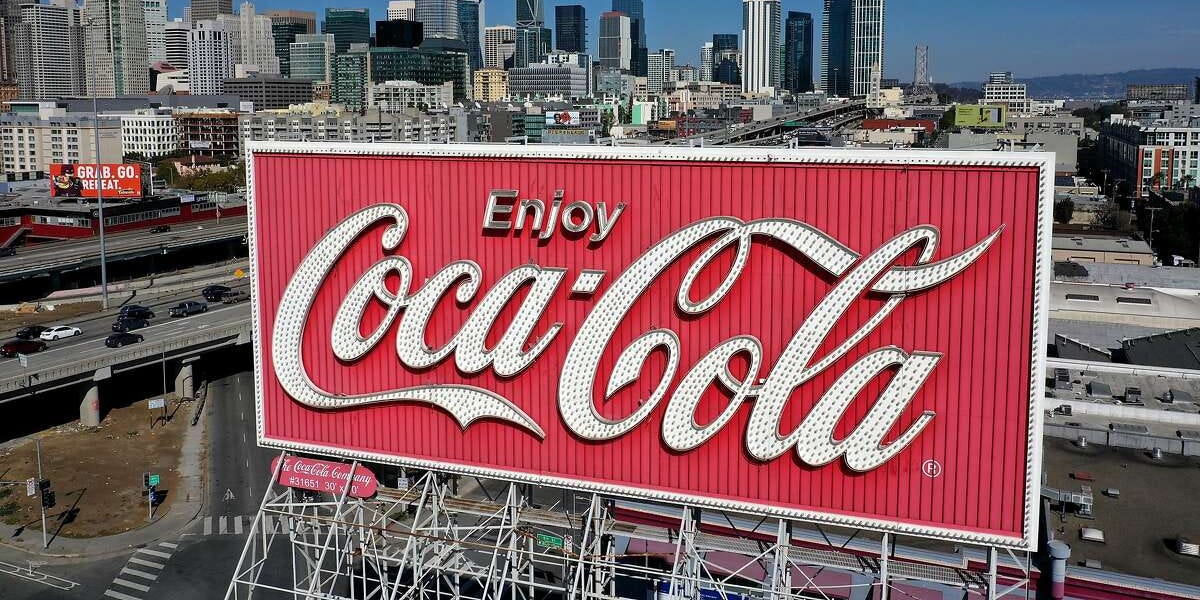From the beginning, Brandless painted itself into a corner: At $3 per item, it’s hard to make a profit selling high quality consumer and food products unless you’re driving huge volume. For customers, ordering enough $3 items to hit a free-shipping minimum can be exhausting.



